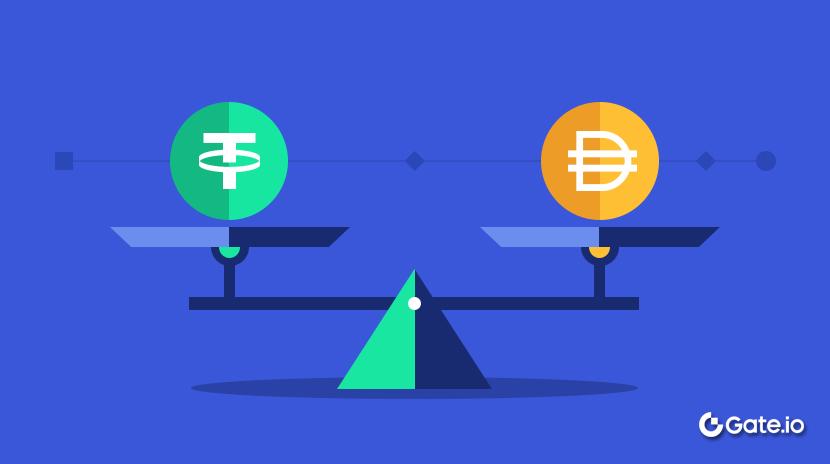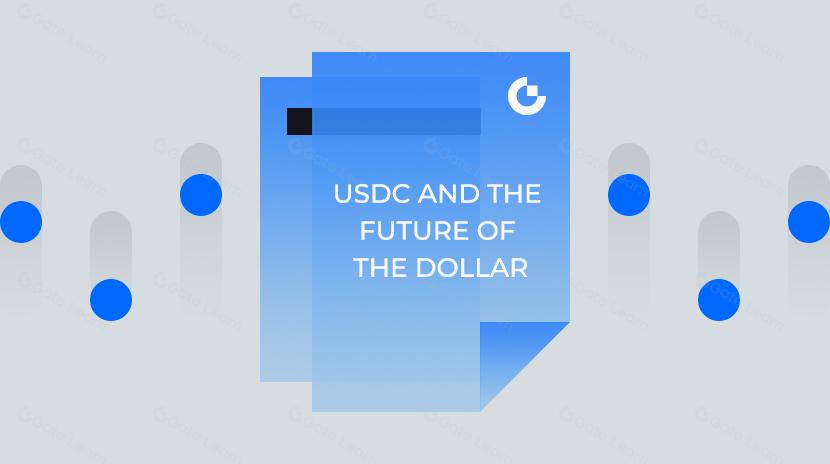Visa & Mastercard, 設計下一代支付系統
Visa & Mastercard的區塊鏈策略:支付巨頭如何通過穩定幣和基礎設施改革爭奪Web3主導地位要點
- Visa和Mastercard是全球支付網絡運營商,毫不誇張地說,它們幾乎主宰了全球支付市場。據估計,2024年全球總交易量達到20萬億美元。如果將來通過區塊鏈網路處理卡支付,這將爲區塊鏈和穩定幣行業帶來巨大機遇。
- 盡管今天的支付系統前端在各種金融科技公司的改進下已經大大改善,但實際處理交易的後端仍然依賴於過時的系統。結算和跨境支付仍然存在問題,而區塊鏈爲這些問題提供了一個有希望的解決方案。
- 今年4月,Visa和萬事達卡均發布了它們在區塊鏈和穩定幣採用方面的路線圖。這兩家公司正在推出以下領域的倡議:1)穩定幣關聯卡服務,2)基於穩定幣的結算系統,3)點對點國際匯款,4)機構代幣化平台。目前尚不清楚誰將在Web3支付市場中取得領先地位。

Visardilo Crocodilo和Tralalero Mastercara,代表支付領域的brainrot,即將在下一代支付系統上展開戰爭。沒錯,在這一點上,對於金融公司來說,採用區塊鏈和穩定幣相關技術是理所當然的選擇。
1. 背景 - 區塊鏈可用於支付嗎?
1.1 傳統支付的兩大巨頭

來源:Statista 和 Nilson
Visa和萬事達卡是全球領先的支付網絡公司。截至2024年,Visa在全球支付市場佔有39%,萬事達卡佔24%。考慮到銀聯主要處理基於中國國內市場的國內交易,可以毫不誇張地說,Visa和萬事達卡基本上主導了全球支付格局。
通過提供處理消費者和商戶之間交易並在發卡方和收單方之間進行結算的卡支付網絡,他們創造了巨額利潤,同時收取少量費用。(我們將在下面更詳細地探討支付過程。)事實上,2023年,Visa和Mastercard的營運利潤率分別爲67%和57%。這反映了建立在大規模交易量基礎上的低固定成本網路業務的特點。
根據數據升級積分僅美國的卡網路支付交易量預計在2024年達到約10.5萬億美元。再加上中國銀聯的國內交易量,全球交易量預計將達到約20萬億美元。如果將來採用區塊鏈網路進行卡支付處理,這將爲區塊鏈和穩定幣行業帶來巨大機遇。
1.2 信用卡支付流程
Visa和Mastercard都在經營開放式卡支付網絡。這涉及一個包括發卡方、收單方、商家和持卡人的四方模式。Visa和Mastercard不直接發行卡片或提供貸款。相反,他們只提供支付網絡。在美國廣泛使用的四方模式的基本流程如下:

- 付款請求(D+0):當持卡人在商家處購物時,他們使用卡片發起付款。付款信息從商家傳遞給收單機構,然後傳遞給卡網路,最終傳遞給發卡行。
- 付款授權(D+0):發卡方檢查持卡人的信用額度、有效期以及任何欺詐活動跡象,然後決定是否批準付款。 批準結果以相反順序傳達給商家,完成交易。
- 結算(D+3):發卡方在扣除結算費用後支付收單方。收單方在扣除商戶費用後再支付商戶。卡網路從發卡方和收單方每筆交易中收取網絡費用。
- 結算和償還(D+30):持卡人在下個月收到發卡機構寄來的帳單,並償還到期金額。
1.3 區塊鏈能用於支付嗎?
在過去的幾十年中,與支付相關的各種金融科技服務已經湧現,從PayPal開始,接着是Stripe、Square、Apple Pay和Google Pay。這些服務爲前端帶來了創新,使用戶能夠比過去更輕鬆、更快速地完成支付。然而,有趣的是,實際執行支付的後端流程在很大程度上仍然保持不變。因此,現有支付系統仍然存在一些問題。
首先是結算時間。在傳統的支付流程中,大多數商家和收單機構會按日批處理交易。這種批處理通常每天進行一次。此外,結算通常只在工作日進行,所以如果涉及到節假日或周末,整體結算時間可能會延長。
第二個問題是與國際交易相關的高費用。當發卡國與商家國不同時,在授權和結算過程中需要跨境資金轉移。這會增加諸如大約1%的跨境交易費和另外1%的外匯費等費用,使國際支付比國內支付更加昂貴。
有一個系統可以解決這兩個問題,那就是區塊鏈。因爲區塊鏈是一個全天候運行的去中心化網路,不受國界限制,可以實現快速結算,即使是國際交易也可以降低費用。由於這些優勢,Visa和萬事達卡最近在利用穩定幣和區塊鏈加強其支付網絡方面變得非常活躍。它們究竟是如何利用區塊鏈的?
2. 外賣-戰爭已經開始
2.1 Visa的四大戰略

來源:Visa
Visa運營世界上最大的全球支付網絡之一VisaNet,每秒可處理高達65,000筆交易,並支持在200多個國家的超過1.5億家商戶進行支付。Visa認爲穩定幣是未來數字支付系統的核心組成部分,並於今年4月宣布四個具體的戰略舉措將它們整合到現有的支付網絡中。

首先是結算基礎設施的現代化。自2021年以來,Visa進行了一項試點計劃,通過其現有的VisaNet以USDC結算支付。迄今爲止,已結算超過2.25億美元。傳統上,發卡機構必須以美元向Visa匯款結算資金。現在,他們可以直接結算爲USDC這樣還會提高結算效率並降低跨境交易費用。
加密.com例如,提供加密.comVisa卡允許用戶使用他們的加密帳戶進行支付。在過去,這樣的加密原生公司必須將他們的數字資產轉換成像美元這樣的法定貨幣來處理支付,這是耗時且昂貴的。現在,他們可以直接使用USDC進行結算。Visa與Anchorage合作,創建了用於安全存儲穩定幣的托管帳戶。像加密.com可以將穩定幣轉帳到以太坊網路上的這些帳戶,以完成結算。
通過消除將加密貨幣轉換爲法定貨幣並發送跨境轉帳的需要,加密.com 成功將平均預融資時間從8天縮短至4天,並將外匯費用削減至20到30個基點.
Visa不僅使發卡機構能夠結算美元穩定幣USDC,還引入一項允許收購方直接結算爲 USDC 的功能.2023年9月,Visa爲像Worldpay和Nuvei這樣的收單機構建立了結算基礎設施,使它們能夠通過以太坊和Solana網路收到USDC。收單機構可以將USDC傳遞給商家或根據需要將其轉換爲法定貨幣。

總的來說,Visa已成功構建了一個管道,使發卡機構能夠通過Visa網路以USDC而非美元與收單機構結算。未來,Visa計劃將這種穩定幣結算系統擴展到更多合作夥伴和地區,實施全天候實時結算,並支持各種區塊鏈和穩定幣。
第二個是加強全球匯款基礎設施。Visa已經利用VisaNet基礎設施支持大規模跨境交易。其中一個服務Visa Direct允許通過VisaNet在朋友、企業和客戶之間進行點對點的貨幣轉帳,使用卡、錢包和帳號。Visa計劃通過將穩定幣整合到Visa Direct中來提高全球匯款的效率。此外,Visa 最近投資了BVNK致力於爲企業開發穩定幣基礎設施的初創公司,不僅要在零售領域擴展其穩定幣能力,還要在企業生態系統中擴展。
第三是可編程數字貨幣的實施。與傳統現金相比,穩定幣的主要優勢之一是利用區塊鏈上的智能合約。Visa正在密切關注基於智能合約的自動化金融服務的潛力,並通過於2024年10月宣布“Visa Tokenized Asset Platform(VTAP)”來引領潮流。
VTAP是基於區塊鏈的金融基礎設施,使銀行和金融機構能夠發行和管理基於法定貨幣的數字代幣(如穩定幣和代幣化存款)。由於這些功能是通過Visa API提供的,因此與現有金融系統的集成非常容易。通過VTAP發行的代幣可以與智能合約一起使用,從而可以自動化諸如有條件支付或向客戶發放貸款等復雜流程。
VTAP尚未公開推出,目前在沙盒環境中運行。 最初,它與西班牙銀行BBVA合作進行代幣發行、轉帳和贖回功能的測試。 根據路線圖,Visa計劃從2025年開始使用以太坊公共區塊鏈爲真實客戶推出試點項目。
第四個是發展穩定幣的進出口卡。Visa正在讓卡發行者通過穩定幣關聯卡提供進出口服務。到目前爲止,Visa已經通過其卡處理了超過1000億美元的加密貨幣購買和250億美元的加密貨幣消費。爲了擴大這一生態系統,Visa正在與穩定幣卡基礎設施公司合作,如Bridge、Baanx和Rain。
橋是由Stripe收購的穩定幣基礎設施平台。最近,Bridge與Visa合作宣布一種發行卡解決方案,使用穩定幣實現真實世界的支付金融科技公司可以使用Bridge的簡易API解決方案,爲客戶提供與穩定幣相關的卡服務。持卡人可以使用他們的穩定幣餘額付款,Bridge將穩定幣轉換爲現金並支付給商家。最初,此服務在阿根廷、哥倫比亞、厄瓜多爾、墨西哥、祕魯和智利得到支持,並計劃逐步擴展到歐洲、非洲和亞洲。
BaanxBaanx是一家總部位於倫敦的金融科技公司,成立於2018年,提供各種與加密貨幣相關的服務,連接傳統金融與數字資產。2025年4月,Baanx宣布與Visa合作推出穩定幣支付卡,允許用戶直接從其自托管的加密錢包中使用USDC進行支付。在支付過程中,USDC通過智能合約實時發送給Baanx,Baanx將其轉換爲法定貨幣進行商戶結算。
雨Rain是一家總部位於紐約的金融科技公司,成立於2021年,利用穩定幣運營全球發卡平台。Rain還提供API,可以輕鬆發行與穩定幣掛鉤的Visa卡,並提供各種金融服務,如使用USDC進行24/7支付結算,信用卡應收帳款的代幣化,以及通過智能合約自動化結算流程。
2.2 Mastercard的端到端解決方案

來源: 萬事達卡
萬事達卡(Mastercard)和Visa一樣,是全球支付網絡領域的領先公司之一。不同於Visa的VisaNet,後者通過集中式網路擁有高處理能力,Mastercard通過Banknet處理支付,這是一個由遍布全球的1000多個數據中心支持的強大結構。2025年4月28日,Mastercard宣布已構建端到端基礎設施覆蓋整個基於穩定幣的支付生態系統,從錢包到結帳。
首先是與加密錢包相關聯的卡發行和支付支持。萬事達卡與MetaMask等加密錢包,Kraken、Gemini、Bybit等加密交易所合作。加密.com, Binance和OKX,以及像Monavate和Bleap這樣的金融科技初創公司,提供這些服務。
- MetaMask與萬事達卡和Baanx合作推出MetaMask 卡,該卡允許用戶使用存儲在MetaMask中的加密資產進行卡付款。後端結算使用Monavate的解決方案,通過將加密貨幣轉換爲法定貨幣連接以太坊網路和萬事達銀行網路。 MetaMask卡最初將在阿根廷,巴西,哥倫比亞,墨西哥,瑞士,英國和美國獲得支持。
- Mastercard還與前述加密貨幣交易所合作,支持使用存儲在用戶帳戶中的穩定幣進行支付的卡。
第二個是美元結算支持商家。即使是基於穩定幣的支付,商家通常更喜歡用法定貨幣結算。然而,如果商家願意,萬事達卡允許通過與Nuvei和Circle合作在美元結算。除了USDC,萬事達卡還支持與Paxos合作發行的穩定幣結算。
第三項是鏈上匯款支持。通過區塊鏈發送穩定幣簡單、快速且成本低廉。然而,將其應用於現實生活中存在與用戶體驗、安全性和監管合規性相關的問題。爲了解決這一問題,萬事達卡支持萬事達卡加密憑證服務,使加密交易用戶能夠通過驗證流程創建別名,並使用這些別名方便地發送穩定幣。
這消除了用戶需要輸入復雜加密錢包地址的需求,提高了整體用戶體驗。此外,如果接收方的錢包在轉帳之前不支持特定的加密貨幣或區塊鏈,交易會被提前阻止以防止資產損失。在監管方面,萬事達卡會自動交換國際匯款所需的旅行規則數據,滿足合規要求並確保透明度。目前支持萬事達卡加密憑證的交易所包括Wirex、Bit2Me和Mercado Bitcoin。該服務在拉丁美洲國家如阿根廷、巴西、智利、墨西哥和祕魯,以及歐洲國家如西班牙、瑞士和法國均可使用。
第四項是爲企業提供代幣化平台。 Mastercard的Multi-Token Network(MTN)是一項基於私有區塊鏈的服務,允許金融機構和企業發行、銷毀和管理代幣,同時促進實時的無國界交易。以下是MTN集成的示例。
- Ondo Finance將其短期債券基金(OUSG)進行了代幣化,該基金基於美國國債,並將其整合到MTN中。這使企業能夠在不依賴傳統金融基礎設施的情況下,全天候實時購買和贖回OUSG,並獲得穩定收益。
- 摩根大通將其基於區塊鏈的支付系統Kinexys與MTN集成,以支持實時企業支付。
- 2024年5月,渣打銀行進行了調查一個使用MTN來代幣化和交易碳信用額度的試點項目作爲概念驗證。
2.3 搶佔Web3支付主導地位的時機
最近,由於美國政府支持加密貨幣的立場,跨多個行業採用區塊鏈和穩定幣的勢頭日益增長。由於區塊鏈網路的核心功能之一是金融基礎設施,區塊鏈技術自然吸引了像Visa和Mastercard這樣的支付網絡公司。這些公司正在積極開發計劃,構建下一代支付基礎設施。
有趣的是,Visa和萬事達卡都在2025年4月左右發表了關於區塊鏈和基於穩定幣的支付系統的倡議文章Visa在穩定幣中的角色2025年4月30日 /萬事達卡推出端到端功能,支持穩定幣交易- Apr. 28, 2025). 兩家公司都強調了相同的四個領域1) 穩定幣關聯卡服務,2) 機構代幣化平台,3) 穩定幣結算系統和4) P2P匯款。這表明這兩家公司正在競爭Web3支付市場的主導地位。
區塊鏈支付系統的採用是否會對目前的市場份額和競爭動態造成重大破壞?我認爲下一代系統將對支付基礎設施本身帶來重大變革,但不會對市場份額或競爭結構產生很大影響。基於區塊鏈的支付系統將提高結算和國際交易的效率,這將幫助公司擁有更好的收入模式和競爭力。然而,決定支付行業市場份額的最終因素是與商家、收單行和發卡行的業務和營銷關係。這些關係已經根深蒂固幾十年,因此我不認爲區塊鏈的採用會顯著改變競爭格局。
免責聲明:
相關文章
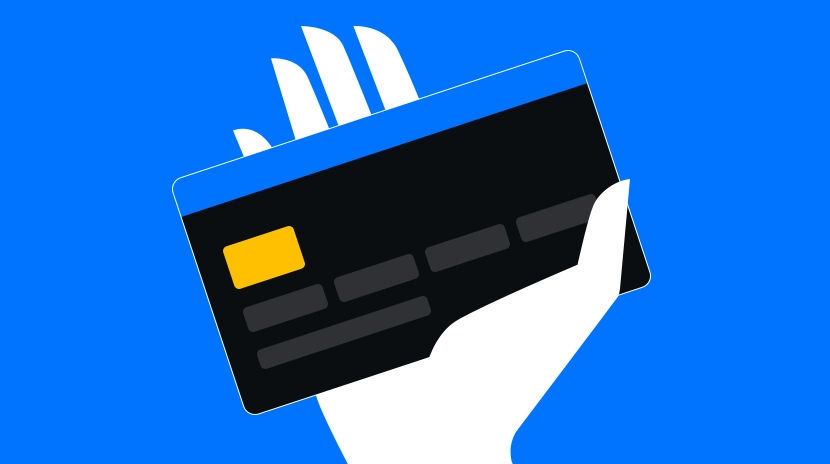
主流 U 卡類型
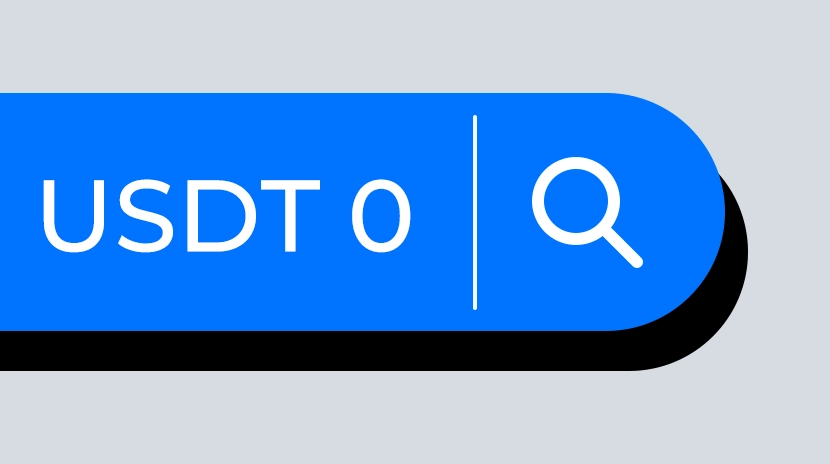
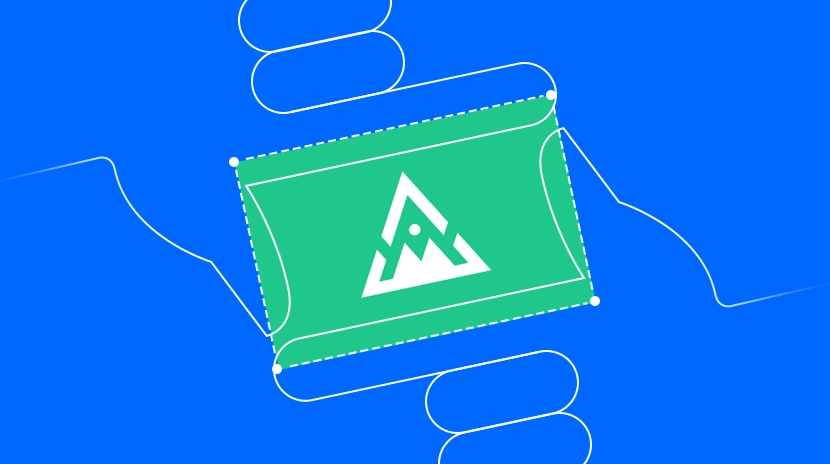
Yala的深入解釋:以$YU穩定幣為媒介打造模塊化DeFi收益聚合器

USDe是什麼?揭示USDe的多種賺錢方法
